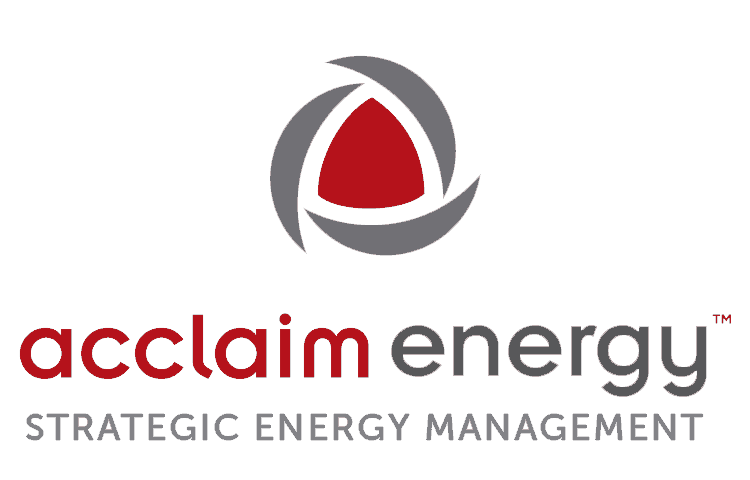How Consumption Optimization Can Help Achieve Energy Savings to Large Users

Strategic energy management is a very complex endeavor which requires careful planning and consideration of different components such as electricity consumption and costs. Additionally, managing energy consumption and costs in an efficient and strategic manner requires the implementation of several initiatives to achieve the desired objectives. One of these initiatives is the optimization of consumption to reduce costs.
A lot of businesses think that optimization of consumption means reducing electricity consumption at certain hours to avoid peak electricity prices; or simply finding a cheaper electricity price. Although these ideas are not totally wrong, consumption optimization has its complexities and large users of electricity need to understand, them so they can take advantage of these cost savings alternatives.
The first step in every consumption optimization exercise is to understand the way energy is consumed. Large end-users have a clear idea of their manufacturing and business processes, so they know which processes are more energy intensive than others. Once that is understood, the next step is to define the desired level of reduction in costs. This step is fairly critical because the amount of savings to be achieved can pretty much dictate the solutions to implement and optimize consumption and costs. The third step is to assess which consumption optimization method is more adequate and there are three basic methods to optimize consumption:
• Load Shifting
• Load Shedding
• Peak Shaving
Load Shifting – refers to a reduction in electricity consumption when power prices are high, followed by an increase in production at times when power prices or grid demand is lower. For example, an Acclaim client shifted the majority of its energy intensive processes to the night shift and early hours to reduce exposure to CFE’s peak tariff. Load shifting is quite straight forward and relatively easy to implement, as it mostly consists of an operational planning exercise. On the other hand, load shifting can only be implemented when an end-user has very distinctive energy intensive process which can be changed or moved around to accommodate cost-cutting measures.
Load Shedding – is the deliberate reduction in power consumption. Although load shedding is easy to understand, it can be difficult to implement, as it entails load prioritization. Load prioritization assigns a pecking order to the different manufacturing and business processes based on their relevance. The processes with the lowest priority are those subject to load shedding as they are not deemed essential, for example certain administrative functions.
Peak Shaving – is the ability to control energy consumption intervals of high demand in order to limit or reduce costs and additional capacity charges. Peak shaving is a way of load shedding; however, peak-shaving normally involves the use of alternative generation or supply (e.g. gas turbines and batteries). As such, peak-shaving is a more complex process because it requires the enactment of protocols and processes to manage peak-shaving, in addition to capital investment for the equipment required.
In recent years, peak-shaving has been the to-go method for consumption optimization in the United States and planned to become more important in Mexico. It allows large end-users to potentially explore revenue generating opportunities through programs generally described as demand response. Demand response programs are Independent System Operator (ISO) (CENACE in Mexico) or Utility-sponsored offerings which incentivize end-users to voluntarily reduce loads during times of high demand. For example, Acclaim Energy led the implementation of these demand response initiatives amongst several large end-users using natural gas generators in ERCOT (Texas). This initiative has allowed these large end-users to enjoy savings between 10-20% over the last 10 years.
Ideal potential users of peak-shaving and demand response initiatives are those who exhibit large around-the-clock consumption which are exposed to surges in demand due to increased cooling during summer months, as an example. In recent years, data centers have been at the forefront of implementing consumption optimization and peak-shaving solutions to reduce their energy costs and carbon footprint.
The work done by data centers in consumption optimization has confirmed the following: it is a complex issue that requires expert consideration and support but can provide significant savings. To take advantage of these options may require the implementation of different initiatives including energy efficiency programs and energy supply solutions to complement traditional supply schemes. As the energy market in Mexico matures the value of understanding and managing your load will only increase.
Given Mexico’s current energy market, first movers in consumption optimization initiatives will benefit the most from the above-mentioned options. In this context, large end-users in Mexico are getting more interested in consumption optimization initiatives and in peak-shaving to reduce their dependency of the transmission and network in times of high demand, and therefore reducing the impact of potential blackouts; while enjoying a reduction in energy costs and carbon footprint.
Despite the current policy discussions on energy on Mexico, don’t be confused, these are real time practical solutions that will improve your bottom line, efficiency and the environment. We encourage you to learn more and leverage your options. Call if you would like to learn more.




